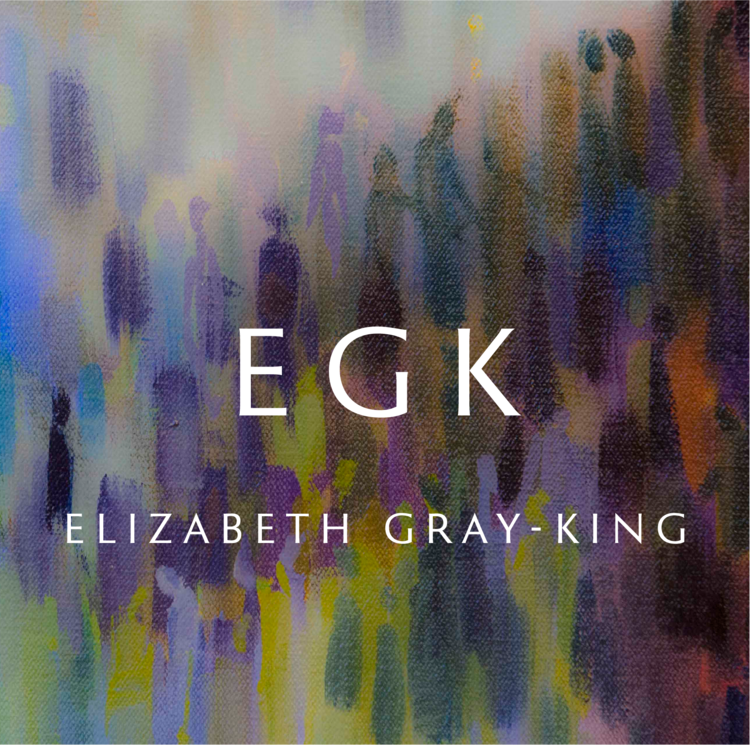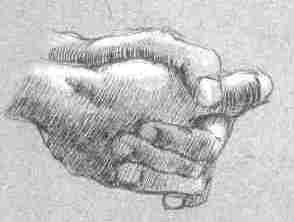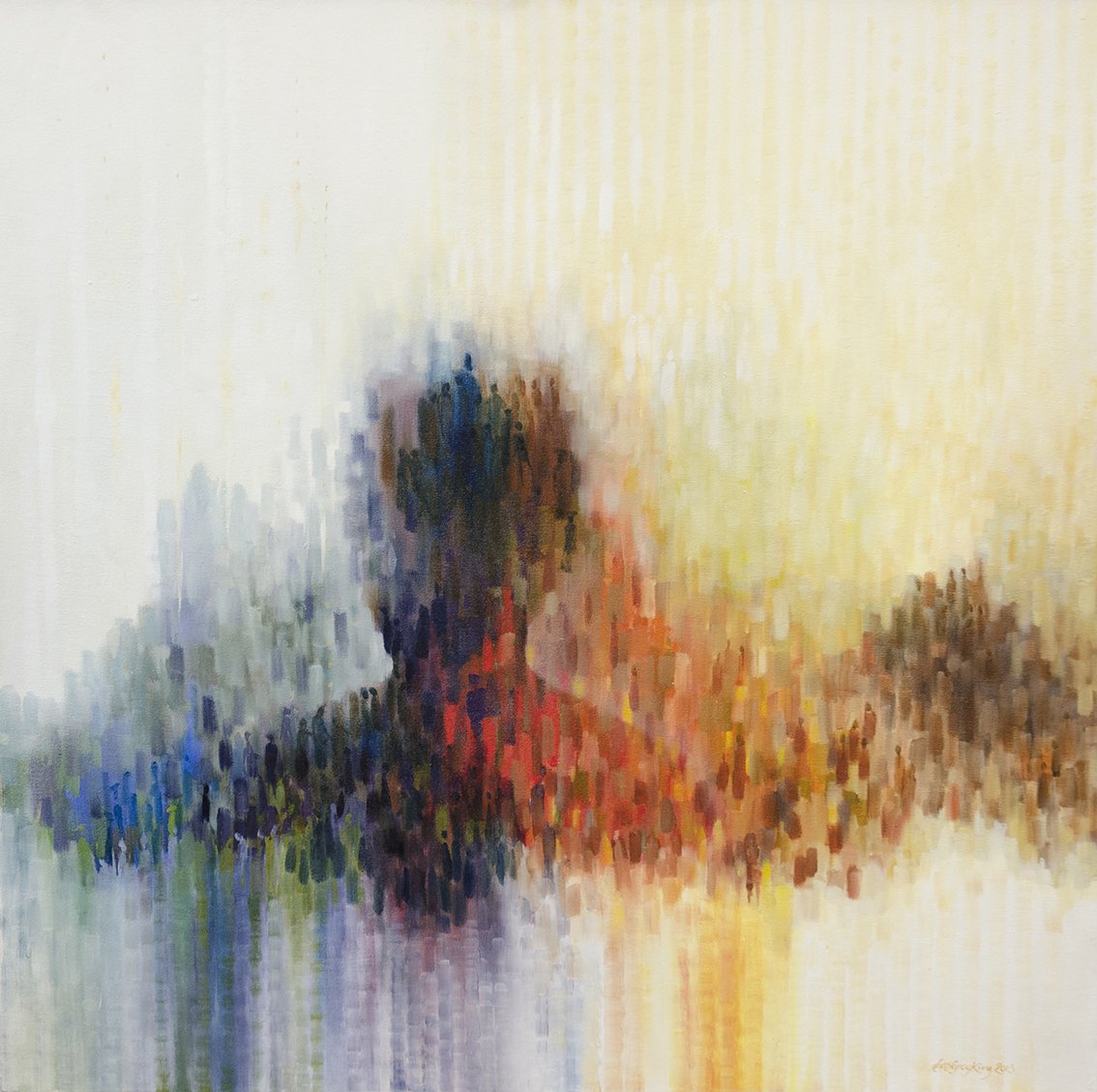One of the best things we can do for ourselves is to move what is burdening us out of our bodies. Our bodies react before our conscious brain tells us what is happening and our bodies remember and hold much which we thought we might have intellectually moved on from. If you want to know more, look up trauma work and the Vagas nerve system.
This little ritual is a way I have found to release to God the people and situations which are on my mind and heart, and therefore, which my body holds. To hold less releases me to be, as much as possible, a non-anxious presence for other people. This helps them.
Here it is:
I open my hands, palms up, the sides of my little fingers touching each other making a typical kind of offering shape.
I then speak into my hands and name the person or people weighing in my heart. I may have just been struck by a comment in an email, or a note on the news, or simply a name popping into my head. I tell the story as I look into my hands.
Then, I take my right thumb and draw the vertical line of a cross, saying, “in the name of eternal God”, then cross from left to right saying, “incarnated Christ,” then rest my thumb at the cross intersection and say, “inhabiting Spirit”*. I then change hands and with my left thumb make the cross shape and this time “may they be healed of all that harms them in body, mind and spirit” going from top to bottom on the word body, left to right with the word mind and held in the centre for the word spirit.
Next, I put my hands back together in the offering shape and fully extend and lift them, (to me) – to God. I say, “I release (the name, or ‘your children’ or the situation) to you oh God.”
I then close my hands to a typical prayer shape with my palms together and say, “in all of this, bring love, peace and justice.”
I finish by crossing my hands over my chest with the tips of my fingers to my shoulders and say, “I release (name, situation) to you Dear God and set myself aside as needed.”
I don’t do this perfectly each time. But what this does for me is get my body involved in the appeal for God’s care. This way my body remembers that I’ve done this, the worry does literally leave me, and I am ready to engage in the next thing on my list.
* Eternal God/Incarnated Christ/Inhabiting Sprit is my personal choice for naming the Trinity. For you, choose whichever name of the Trinity fits best with your own theology and personality.






